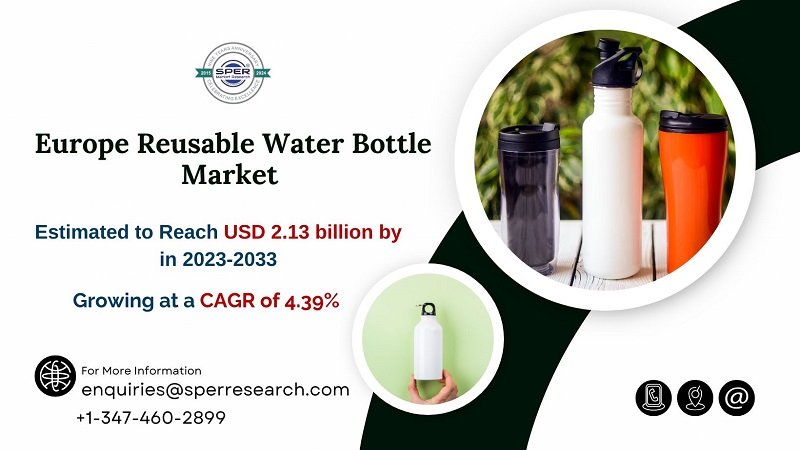Home textiles are fabric-based products used in homes for both functional and decorative purposes. These include items such as bedding, curtains, tablecloths, cushions, towels, rugs, and upholstery, all of which enhance the comfort and visual appeal of a space. Made from a range of materials like cotton, polyester, linen, wool, and synthetic blends, home textiles benefit from advancements in textile technology, offering improved durability, easier maintenance, and greater sustainability. As consumer preferences shift, manufacturers continually innovate with new designs, patterns, and eco-friendly materials, making home textiles a vital component of contemporary home decor.
According to SPER market research, ‘Home Textile Market Size – By Product, By Material, By Distribution Channel – Regional Outlook, Competitive Strategies and Segment Forecast to 2034’ state that the Home Textile Market is predicted to reach 243.98 Billion by 2034 with a CAGR 6.29%.
Drivers: Home textiles have transformed from basic essentials to significant reflections of a homeowner’s style, preferences, and personality. Manufacturers are constantly innovating in design, style, quality, patterns, and functionality to appeal to a broad consumer base. With the expansion of the real estate market and rising living standards, there has been an increase in spending on home decor and interior design, driving market growth. The home textiles and furnishing fabrics market caters to various price points, designs, and colors. Affluent consumers opt for high-end, luxurious products, while mid- and economy-segment buyers lean towards more affordable, larger quantities. As awareness of environmental and safety issues grows, the demand for stain-resistant and flame-retardant textiles is also rising. Consumers now prioritize home textiles that complement modern furniture and elevate their living spaces’ overall aesthetic.
Restraints: The home textile market encounters various challenges that hinder its growth and development. A key issue is the fluctuating cost of raw materials, which can greatly influence product pricing and profit margins. Furthermore, the market faces heightened competition from both local and global manufacturers, making it challenging for companies to maintain a distinct market presence. The fast-evolving nature of consumer preferences is another obstacle, as manufacturers must continually adjust their designs, materials, and production methods to keep up with shifting trends.
Request For Free Sample Report @ https://www.sperresearch.com/report-store/home-textile-market?sample=1
The Asia Pacific home textiles market holds a dominant position in global revenue share. This region is highly competitive, with manufacturers having vast geographical reach, strong brand recognition, and expansive distribution networks. Companies are placing greater emphasis on product innovation, driven by rising investments in research and development. Key strategies for gaining a competitive advantage include creating products designed for specific applications, engaging in price competition, and optimizing distribution channels. Some significant market players are Ralph Lauren Corporation, Shanghai Hometex, Honsun, Shenzhen Fuanna, Springs Global, Trident Group, Welspun Group, and others.
Home Textile Market Segmentation:
By Product: Based on the Product, Services, Global Home Textile Market is segmented as; Bedroom Linen, Bathroom Linen, Carpets and Floor Coverings, Kitchen Linen, Curtains and Drapes.
By Material: Based on the Material, Global Home Textile Market is segmented as; Polyester, Cotton, Silk, Wool, Others.
By Distribution Channel: Based on the Distribution Channel, Services, Global Home Textile Market is segmented as; Online, Offline.
By Region: This research also includes data for North America, Latin America, Asia-Pacific, Europe and Middle East & Africa.
For More Information, refer to below link: –
Related Reports:
Contact Us:
Sara Lopes, Business Consultant — USA
+1–347–460–2899









